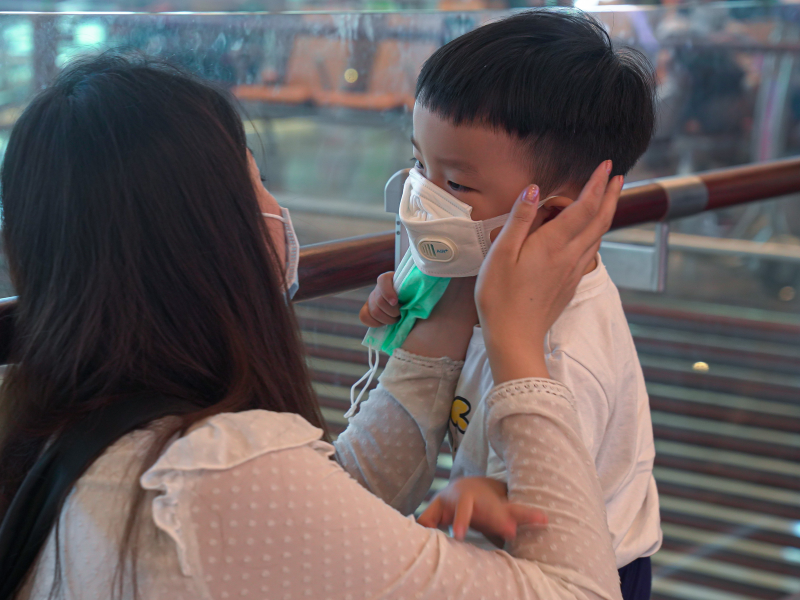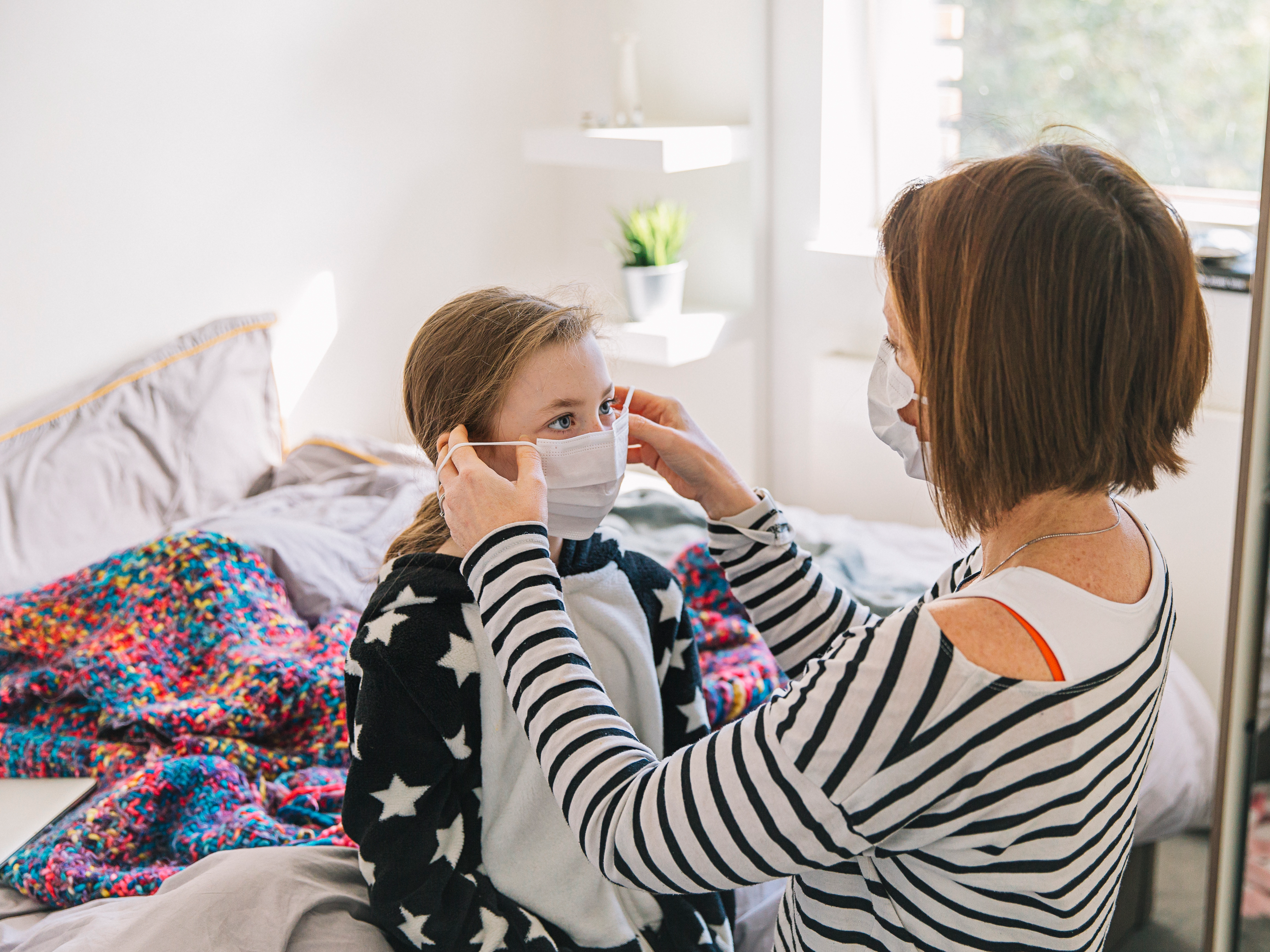- Some news outlets reported that children cannot transmit COVID-19, based on a recently published review of 78 previous COVID-19 studies.
- One of the researchers issued a statement clarifying that children “almost certainly do transmit COVID-19.”
- The World Health Organization has also cautioned against claims that children cannot transmit COVID-19, reminding the public that there is a lot scientists still don’t know about the disease.
- Visit Business Insider’s homepage for more stories.
As governments weigh the costs and benefits of lifting lockdowns, a debate over just how vulnerable children are to COVID-19 is emerging.
Switzerland’s infectious diseases chief declared this week that children under the age of 10 “don’t have the receptors to catch the disease,” and the country is reopening its public schools on May 11.
On Thursday, the picture was further muddied by coverage of a large review of 78 available studies conducted by the UK Royal College of Paediatrics, which said: “The role of children in transmission is unclear, but it seems likely they do not play a significant role.”
The first articles to cover the review said there was no evidence to date that any children had passed the virus on to adults.
But one of the researchers that authored the review in question, Alasdair Munro, insists their findings were misunderstood, and that children can indeed pass the virus to adults.

"Children almost certainly DO transmit COVID-19," Munro, a clinical research fellow in pediatric infectious diseases at University Hospital Southampton, said on Twitter on Thursday, adding: "Growing evidence suggests children are less susceptible to infection, have milder infection, and are infrequently responsible for household transmission."
The Royal College of Pediatrics also corrected the record, tweeting that "a number of media reports, citing RCPCH, have incorrectly suggested that children cannot transmit COVID-19. This is not the the RCPCH position, nor is it based on evidence."
The confusion stemmed, in part, from a reference in the review to a study by the China/WHO joint commission. People interviewed by members of the commission could not recall a single episode where a child transmitted the disease to an adult.
However, the review also states: "Evidence that [children] are not a reservoir of disease does not exist."
The evidence shows children are less likely to get seriously ill with COVID-19
The evidence shows that children are far less likely to get gravely ill with COVID-19, and the death rate among children is low.
According to the US Centers for Disease Control and Prevention, 1.7% of 150,000 American COVID-19 cases affected people under the age of 18. Globally the amount of children with COVID-19 is under 2% of all cases, from Korea to Spain to Italy.
In Iceland, where 6% of the population was tested, none of the 848 children tested were positive. In a town in Italy where 2.6% of residents had the new coronavirus, 0% of children under 10 years tested positive.
Another study of 2,000 children with COVID-19 in China found that 90% of them were asymptomatic, 39% developed pneumonia without symptoms, and 6% of children developed severe infections.
Experts warn there is nowhere near enough evidence to feel confident that children don't spread the virus
SARS was another respiratory disease that also affected adults more than children. "Transmission of SARS from pediatric patients appears to be uncommon but is possible," wrote the authors of a 2006 study.
However, German virologist Christian Drosten, director of the Institute of Virology at Berlin's Charite hospital, urged policymakers to exercise caution when looking at studies examining the effects of COVID-19 on children. He pointed out that the findings of a Dutch study, which was used as evidence that children do not play a big role in spreading COVID-19, were not statistically significant.
According to his own research, Drosten said, children can carry as high levels of the coronavirus as adults. He and his colleagues warned "against an unlimited reopening of schools and kindergartens in the present situation."
In an April 29 press conference, World Health Organization technical lead Maria van Kerkhove doubled down on warnings against seeing children as immune, or unable to pass on the virus.
"There's no reason to think that children are less susceptible to infection if they're exposed, and that they can't transmit," she said. "We're really not seeing this in the epidemiology."
